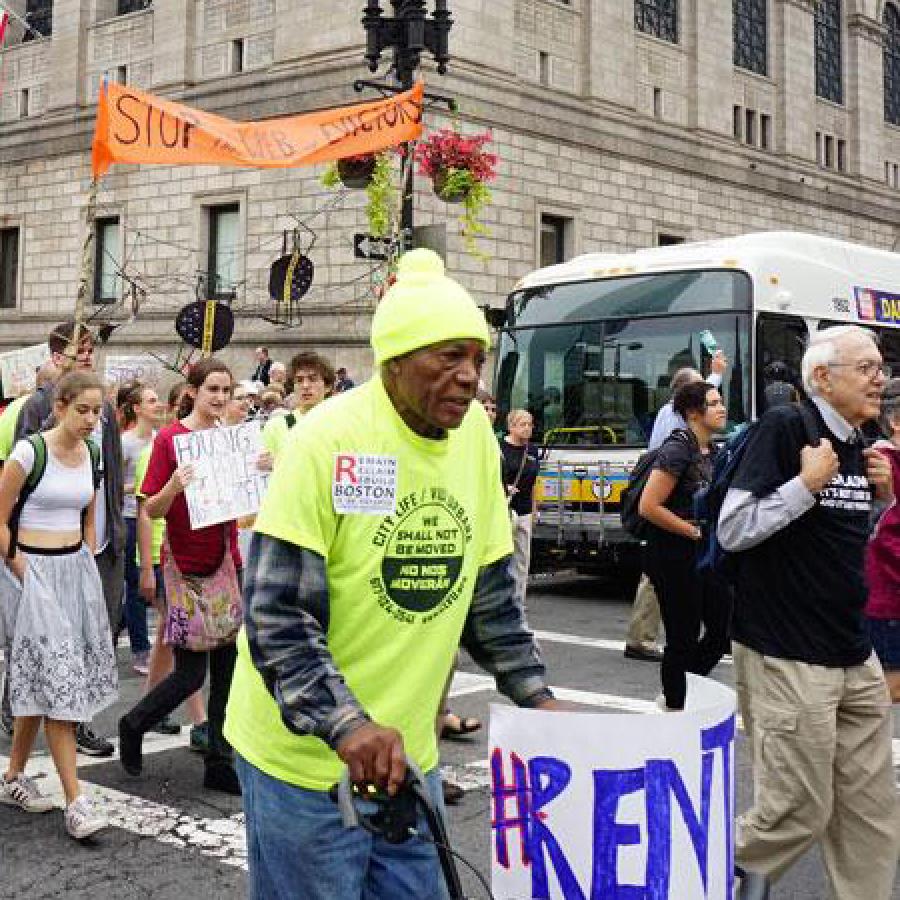Arts and Culture, Achieving Equity
Across the nation, artistic and cultural practices are helping to define the sustainability of urban, rural, and suburban neighborhoods. In the design of parks and open spaces; the building of public transit, housing, and supermarkets; in plans for addressing needs for community health and healing trauma; communities are embracing arts and culture strategies to help create equitable communities of opportunity where everyone can participate, prosper, and achieve their full potential. And artists are seeing themselves — and being seen by others — as integral community members whose talents, crafts, and insights pave the way to support community engagement and cohesion.
Creating Change through Arts, Culture, and Equitable Development: A Policy and Practice Primer provides examples of these efforts by describing how equity policies working in tandem with arts and culture strategies are achieving equity goals. This is especially true among communities of color and low-income communities, where resources have seldom reached the level of support received by major arts institutions, nationally or locally.
The report describes the role of arts and culture across many sectors: transportation, housing, economic development and financial security, health and food, youth and education, open space and recreation, and technology and information access. Each section offers examples of promising practices that have yielded such outcomes as support for Native artists in reservation-based cultural economies, creation of a citywide cultural plan, engaging low-income youth of color in using digital media, and efforts to address redevelopment, employment, food access, and environmental justice.
From the percent-for-arts programs created during the Great Depression to support artists, public works, and infrastructure to the establishment of the National Endowment for the Arts and the National Endowment for the Humanities in the mid-1960s, the United States has a history of making investments in arts and culture. That history foreshadows the expanded opportunity that now exists to achieve equity by uniting community development to arts and cultural strategies. In the coming weeks, PolicyLink will announce a webinar that will further share the promising and proven practices highlighted in Creating Change through Arts, Culture, and Equitable Development: A Policy and Practice Primer.


